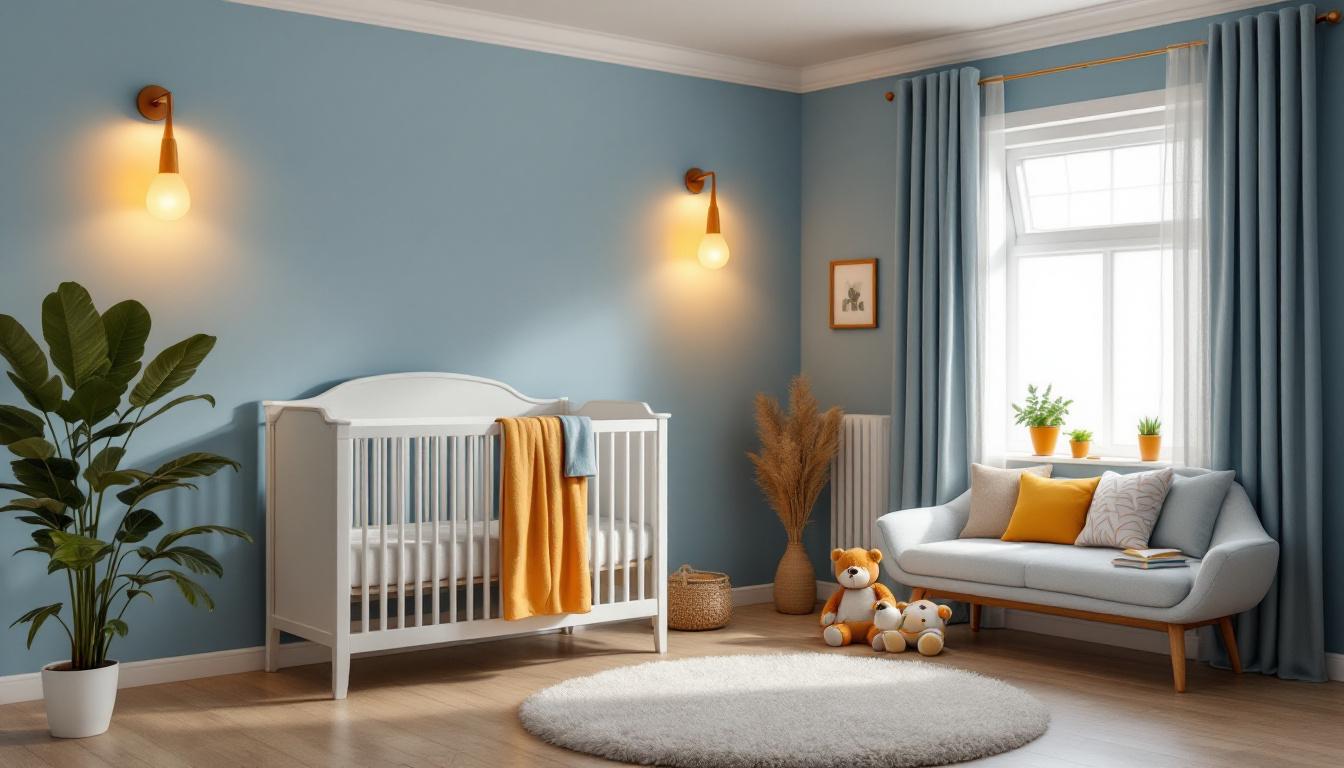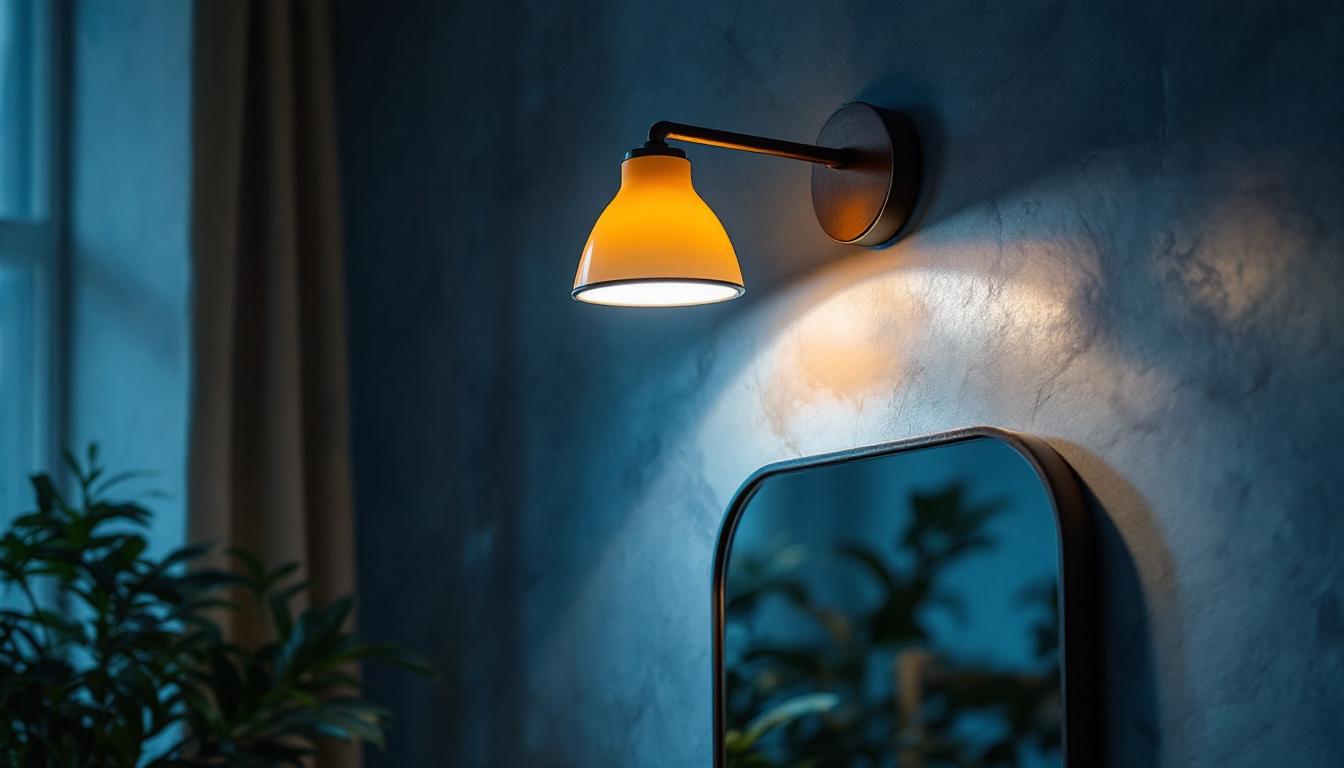
In the ever-evolving world of lighting design and installation, the 4-foot LED light has emerged as a staple for both commercial and residential applications. Its versatility, energy efficiency, and cost-effectiveness make it a popular choice among lighting contractors. However, to truly master the use of 4-foot LED lights, contractors must understand the nuances of installation, application, and maintenance. This article provides essential tips and insights for lighting contractors looking to optimize their use of 4-foot LED lights.
Before diving into installation techniques and best practices, it is crucial to understand why 4-foot LED lights have become a go-to option for many contractors. These lights offer a range of benefits that not only enhance the quality of lighting but also improve energy efficiency.
One of the most significant advantages of 4-foot LED lights is their energy efficiency. Compared to traditional fluorescent or incandescent lights, LEDs consume significantly less power while providing the same, if not better, illumination. This translates into lower energy bills for clients, making it an attractive selling point for contractors.
Moreover, the longevity of LED lights—often lasting up to 25,000 hours or more—means reduced replacement costs and less frequent maintenance. This is particularly beneficial in commercial settings where downtime can be costly. Additionally, many utility companies offer rebates and incentives for switching to energy-efficient lighting, further enhancing the financial appeal of LED installations. This not only helps clients save money but also promotes sustainable practices within the industry.
4-foot LED lights are incredibly versatile, suitable for a wide range of applications. From warehouses and retail spaces to garages and residential kitchens, these lights can be used in various environments. Their slim design allows for easy installation in tight spaces, making them ideal for both new constructions and retrofits.
Contractors can also choose from a variety of color temperatures and brightness levels, allowing for customization based on the specific needs of each project. This adaptability enhances the overall aesthetic and functionality of the spaces they illuminate. Furthermore, many 4-foot LED lights come with features such as dimming capabilities and smart technology integration, allowing users to adjust lighting levels according to their preferences or even control them remotely via smartphone apps. This level of control not only improves user experience but also contributes to energy savings by ensuring that lights are only used when necessary.
Proper installation is key to ensuring that 4-foot LED lights perform at their best. Here are some essential techniques and considerations for lighting contractors during the installation process.
Before installation begins, it is crucial to plan the layout carefully. Consider the purpose of the space and the desired lighting effect. For example, in a warehouse, uniform lighting may be necessary for safety and visibility, while in a retail setting, accent lighting might be more appropriate to highlight products.
Utilizing lighting design software can help visualize the layout and ensure that the placement of the 4-foot LED lights maximizes their effectiveness. Additionally, taking measurements and considering the height of the ceilings will aid in determining the optimal spacing between fixtures. It’s also beneficial to account for any potential obstructions, such as shelving or machinery, that could cast shadows or interfere with the light distribution. Engaging with the client to understand their specific needs and preferences can further refine the lighting plan, ensuring that the final result meets both functional and aesthetic expectations.
When installing 4-foot LED lights, electrical considerations are paramount. Ensure that the existing wiring can support the new fixtures and that all electrical codes and safety standards are followed. It may be necessary to upgrade wiring or install new circuits to accommodate the energy demands of LED technology.
Furthermore, using compatible drivers and dimmers can enhance the functionality of LED lights. Not all dimmers are suitable for LEDs, so selecting the right equipment is essential for achieving the desired lighting effects. Additionally, implementing smart lighting controls can provide greater flexibility, allowing users to adjust brightness levels and color temperatures according to the time of day or specific activities. This not only improves energy efficiency but also enhances the overall user experience, making the space more adaptable to different needs.
4-foot LED lights offer various mounting options, including surface mount, suspended mount, and recessed mount. The choice of mounting method can significantly impact the aesthetics and functionality of the installation.
Surface-mounted fixtures are straightforward and ideal for spaces with low ceilings, while suspended mounts are excellent for areas with higher ceilings, allowing for better light distribution. Recessed lights provide a clean, modern look but require more extensive installation work. Understanding the pros and cons of each option will help contractors make informed decisions based on the specific project requirements. Additionally, considering the finish and design of the fixtures can further enhance the visual appeal of the installation. For instance, selecting fixtures with a sleek, minimalist design can complement contemporary interiors, while more decorative options may be better suited for traditional settings. Moreover, integrating fixtures with energy-efficient technologies, such as motion sensors or daylight harvesting capabilities, can significantly reduce energy consumption and operational costs over time, making the installation not only visually appealing but also economically beneficial.
With a plethora of 4-foot LED lights available on the market, selecting the right fixture can be daunting. Here are some tips to help lighting contractors make informed choices.
Color temperature is a critical factor in creating the desired ambiance in any space. Ranging from warm white (around 2700K) to cool daylight (up to 6500K), the choice of color temperature should align with the function of the space. For instance, warm white is often preferred in residential settings for a cozy atmosphere, while cooler temperatures are more suitable for workspaces that require high visibility.
Brightness, measured in lumens, is another essential consideration. Contractors should assess the specific lighting needs of each project to determine the appropriate lumen output. A well-lit environment not only enhances aesthetics but also promotes safety and productivity.
Not all LED lights are created equal. Quality can vary significantly between manufacturers, so it is crucial to choose products from reputable brands that adhere to industry standards. Look for certifications such as Energy Star or UL listing, which indicate that the product meets specific performance and safety criteria.
Investing in high-quality fixtures may have a higher upfront cost, but the long-term benefits, including reduced maintenance and energy costs, often outweigh the initial expense.
Energy efficiency ratings provide valuable insight into the performance of LED lights. Look for the lumens per watt (lm/W) ratio, which indicates how effectively the fixture converts electricity into light. A higher ratio signifies better energy efficiency, which is a crucial selling point for clients concerned about operational costs.
Additionally, consider the total cost of ownership, which includes not only the initial purchase price but also the expected lifespan and energy consumption over time. This holistic approach will help contractors recommend the best options to their clients.
Dust and debris can accumulate on LED fixtures, diminishing their brightness and efficiency. Regular cleaning is necessary to maintain optimal performance. Contractors should recommend a cleaning schedule that includes wiping down fixtures with a damp cloth and ensuring that any surrounding surfaces are free from obstructions.
In environments with high levels of dust or grease, such as kitchens or industrial settings, more frequent cleaning may be required to prevent buildup that can affect light output.
Encouraging clients to monitor the performance of their LED lights is vital. If a fixture begins to flicker or dim, it may indicate a problem that needs addressing. Regular checks can help identify issues early, preventing more significant problems down the line.
Furthermore, educating clients on the signs of potential failure, such as unusual buzzing sounds or color shifts, can empower them to take action before complete failure occurs.
As technology advances, upgrading components can enhance the performance of existing LED systems. This may include replacing drivers or integrating smart lighting controls for added functionality. Contractors should stay informed about the latest advancements in LED technology and be prepared to recommend upgrades that can improve energy efficiency and user experience.
By fostering a proactive maintenance approach, contractors can help clients maximize the lifespan and performance of their 4-foot LED lights, ultimately leading to greater satisfaction and repeat business.
The 4-foot LED light is a powerful tool in the arsenal of lighting contractors. By understanding its benefits, mastering installation techniques, selecting the right products, and implementing effective maintenance strategies, contractors can elevate their services and provide exceptional value to their clients.
As the industry continues to evolve, staying informed about the latest trends and technologies will be crucial for success. Embracing the potential of 4-foot LED lights not only enhances the quality of lighting solutions but also positions contractors as knowledgeable professionals in a competitive market.
In conclusion, the mastery of 4-foot LED lights can significantly impact a lighting contractor’s reputation and business growth. By applying the tips and insights shared in this article, contractors can ensure that they remain at the forefront of the lighting industry, delivering high-quality solutions that meet the diverse needs of their clients.
Ready to take your lighting projects to the next level with the best 4-foot LED lights on the market? Look no further than LumenWholesale, where we provide contractors with exceptional, spec-grade lighting products at unbeatable wholesale prices. Say goodbye to local distributor markups and hello to our extensive selection that meets rigorous industry standards. With LumenWholesale, you can enjoy the convenience of bulk buying with free shipping, ensuring you get the high-performance lighting your projects deserve at the best value. Elevate your lighting solutions today by visiting Wholesale Lighting at the Best Value and experience the LumenWholesale difference.

Discover the transformative power of 5000K LED lighting with our comprehensive guide tailored for lighting contractors.

Discover the top strategies from expert lighting contractors to create the perfect ambiance in your nursery.

Discover the essential insights into industrial vanity lights with answers to lighting contractors’ most common questions.

Discover the essential guide for lighting contractors with our comprehensive checklist for 4 ft LED lights.